Do you wonder what the best way is to count sets and reps? Why you shouldn't skip leg day? We have answers. This is #Gains, Explained, a space for you to ask any and every question about fitness. The Men's Health team (and other experts) are here for you.
To submit a question for a future column, fill out this form.
I’m stuck on a deadlift plateau. How do I break it?
–Can’t Reach My Strength Summit
WHEN I FIRST started strength training as a teenaged football player, the deadlift was not part of my program. I didn’t begin pulling big weights until after my playing career was over. When I did, I was able to progress very quickly, like others who experience rapid gains when they start strength training. This is largely due to neurological adaptations (typically referred to as "newbie gains"), as my brain and body became familiar with the lift. After a few months, however, I found myself in the same position you're in now. I stalled out, even though I felt like I should've been able to progress. My rapid advance had ended, and I was worried I would be stuck with a mediocre deadlift for the rest of my gym life. This was disconcerting for me, someone who considered myself an experienced lifter—but it happens to everyone.
Thankfully, that didn’t wind up being my fate. I was able to break through my plateau, and recently achieved my goal of a 500-pound pull—and you’ll be able to break yours, too. You and I are far from the only people who have struggled to progress past a sticking point with deadlifts. It’s not the only exercise that guys find themselves struggling with, either. “The plateau is a common part of training during any of your larger, multi-joint lifts,” says Men’s Health fitness director Ebenezer Samuel, C.S.C.S. “And the easiest way to get past that plateau is to deconstruct the lift, figure out your weakest point, and directly address that weak point.”
There are a few common weak points when it comes to the deadlift. You might struggle to get the weight off the floor at the beginning of the pull. Or, you might have a tough time with the lockout at the top part of the movement, when you need to depend on your glutes for the all-important hip extension. Just holding all that weight might also be a major problem for your progression. Check out our form guide as an overall refresher; this might also help to determine which part is your biggest issue.
Before addressing your weak points, you should also consider what your goals are—and establish a specific target that will give you something to aim to achieve. If putting an extra plate on the bar is your main concern (most likely the case when you feel you’ve plateaued), you’ll need to approach the deadlift differently than if your overall aim is to pack on muscle to your posterior chain. “If you’re training purely for strength, as opposed to aesthetics, it’s here that you’ll understand the value of accessory lifts,” Samuel continues. “They allow you to address our large-lift weak points.”
You can follow this three-point plan from Samuel—which were all, in some way, part of my own path to a PR—to break past your plateau to finally pull more weight. Each step is designed to address a particular point in your pull, so whatever your problem is, you’ll find it addressed here.
Deadlift Plateau Buster: Add Deficit Lifts
Actually lifting the weight off the floor might be your biggest deadlift pain point. For some people, that has less to do with strength and more to do with your ability to move.
“If you’re struggling at the start of the deadlift, it’s likely because you’re lacking hip mobility and power in the bottom position,” says Samuel. “The deficit deadlift forces you into a slightly deeper range of motion.”
To perform a deficit deadlift, stand on a raised platform—even a few normal plates stacked on each other or my go-to method, a bumper plate, will do—and use the extra height to descend deeper into the movement. Use less weight than what you’re training at typically; you’re working to develop your range of motion and leg drive from the bottom position rather than going heavy.
Samuel advises that you introduce deficits to your training plan as your main hinge motion for three to four weeks, working for four sets of three to five reps. Once you return to the standard from the floor version of the movement, he says you’ll have greater control, body awareness, and power.
Deadlift Plateau Buster: Use the Rack Pull
If you feel like you just can’t handle holding on to any more weight, take the opposite approach to the move above and shorten the range of motion. “This becomes an exercise where you can expose yourself to an incredibly heavy weight that you might not be able to barbell deadlift, and eventually it’s going to help translate, if we keep training our standard barbell deadlifts, to a stronger [one],” says Samuel. By exposing yourself to these heavier weights, you’ll train your grip and mid-back muscles, which might be what fails when you try to progress.
You can work from all types of heights with the rack pull, according to Samuel, but he recommends starting just below your knees. This is right at the level that you’ll need to activate your glutes and hamstrings, while still giving you an edge from the standard deadlift’s full range of motion. Add this to your workout by loading up more weight than you’re stuck on with your standard deadlift for four sets of three to five reps.
If you’re looking for another option to expose yourself to the heavier loads without taking over an entire squat rack, Samuel says that you can also try a simple farmer’s hold. Pull the dumbbells straight off the weight rack, then hold for 10 to 15 seconds.
Deadlift Plateau Buster: Finish With the Hip Thrust
My biggest problem when I was trying to nail my own PR was locking out the movement at the top. The first time I put 500 pounds on the bar, I pulled it off the ground without much grinding, held the bar fast as I lifted it up, and then, at the final moment, couldn't bring myself to a complete lockout to complete the rep. Finishing a heavy pull requires glute strength to drive hip extension as you stand up with the weight—something that I needed to develop before I was able to achieve my goal. Samuel recommends doing heavy hip thrusts to hone this aspect of the movement. “These focus on the tail end of hip extension, and the bonus of hip thrusts is that they’re much easier on your CNS than many other lower-body lifts,” he says.
One helpful tip: Opt for an EZ bar or shorter barbell rather than a standard barbell for your thrusts. Samuel says that you’ll have an easier time balancing the shorter levers to focus solely on the glute squeeze, especially if you’re just starting out with the exercise.
Add the hip thrust to your workouts while still doing deadlifts as part of your routine. Samuel recommends doing them three to four times per week with higher reps, around eight to 10 per set.
Just remember, your plateau isn’t permanent—but breaking through it won’t be immediate, either. Adding these additional exercises can be a helpful path forward, but you’ll also need to remain patient. Back off on your heavyweight attempts for a few weeks while implementing these approaches. Once you’ve reaped the benefits in the strength department, you’ll be ready to climb even higher on the path to your big deadlift summit.










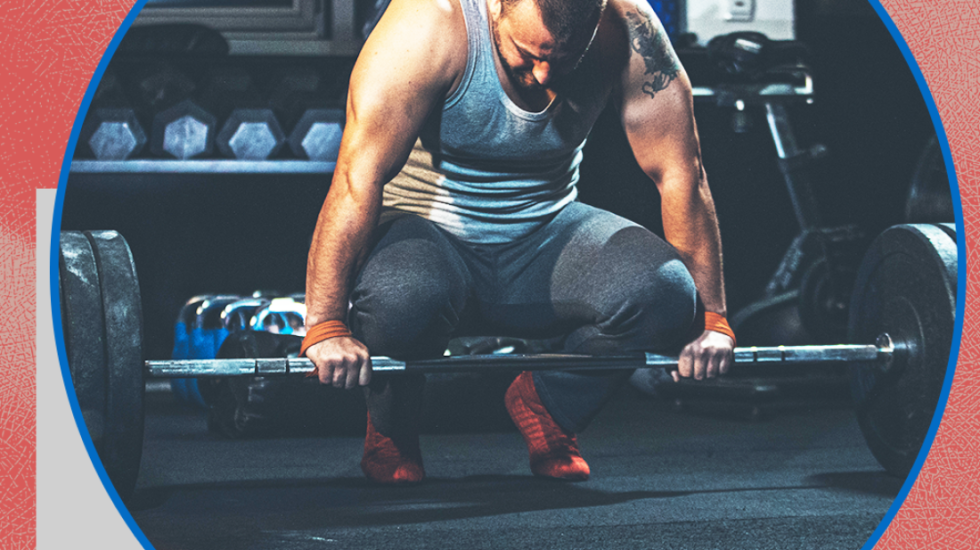




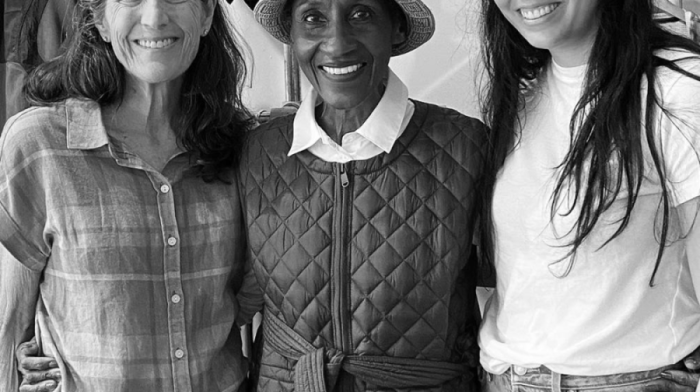
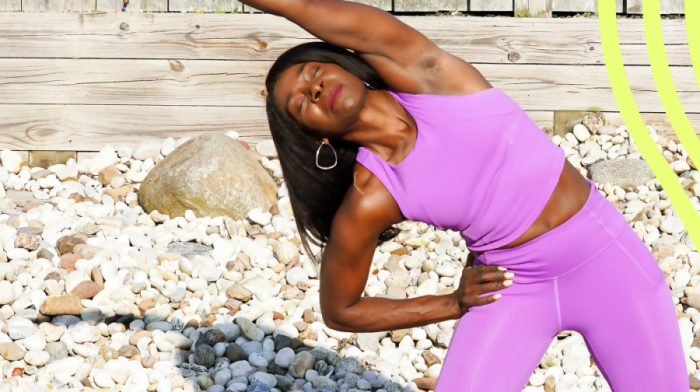

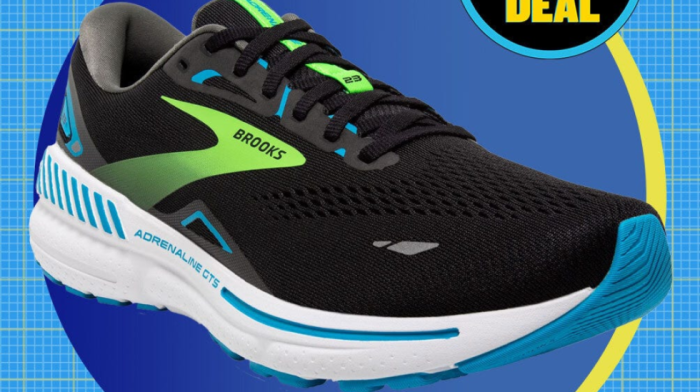
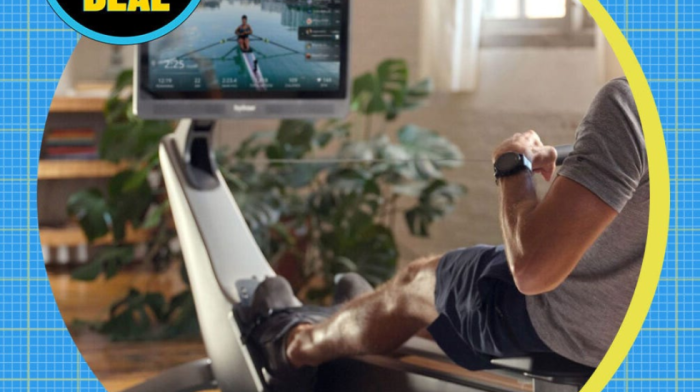
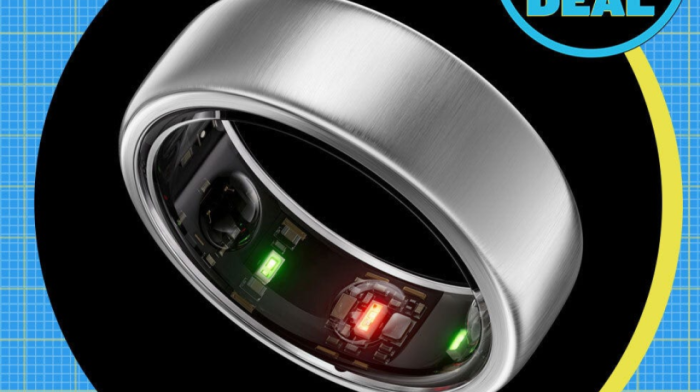
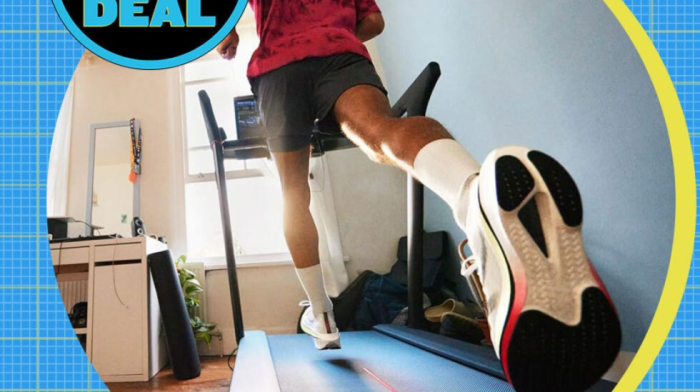
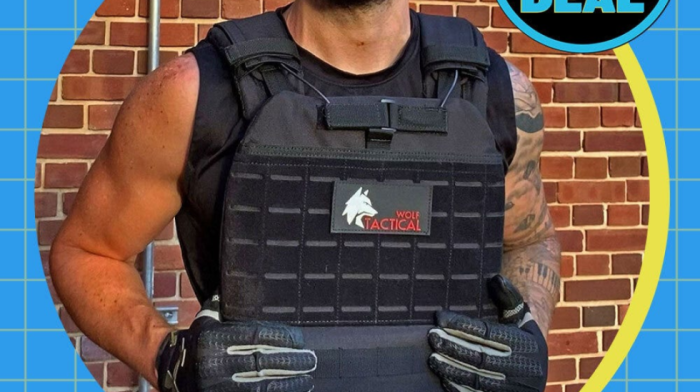
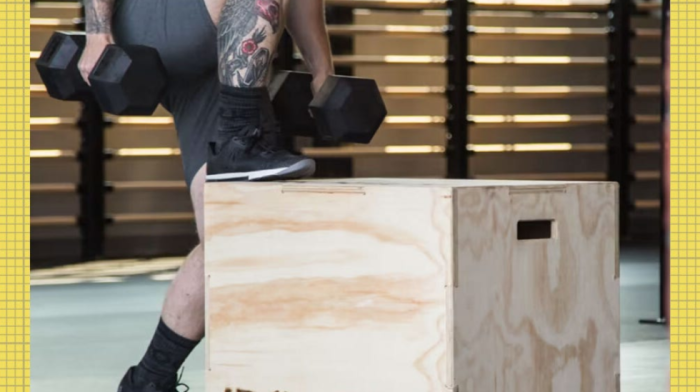
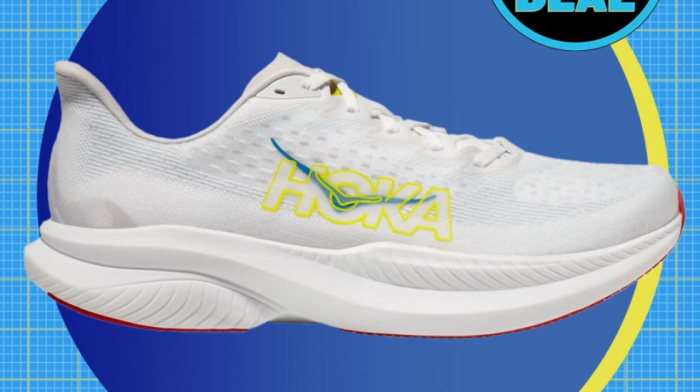
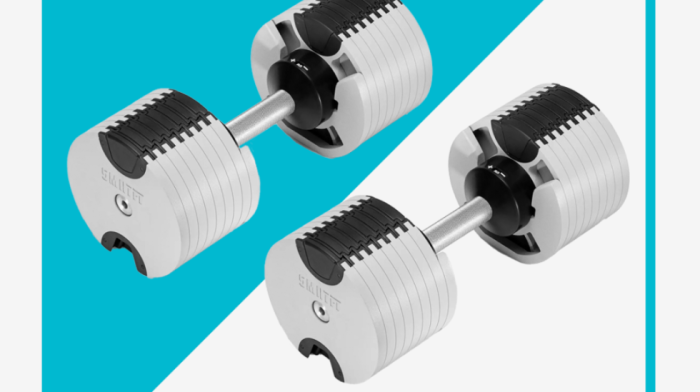
Comments (0)